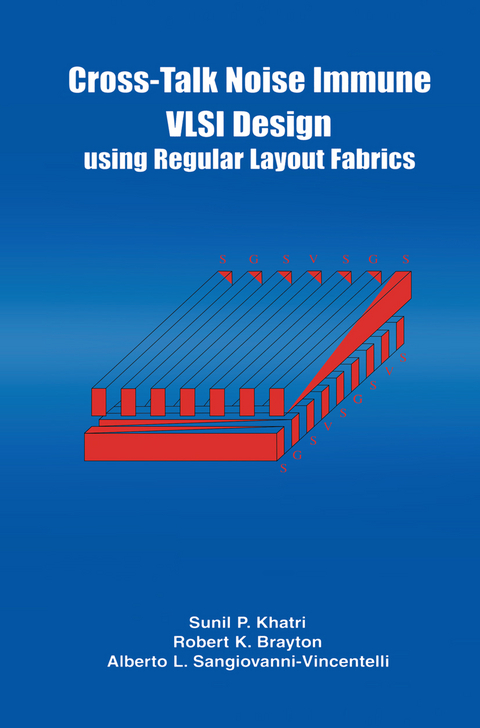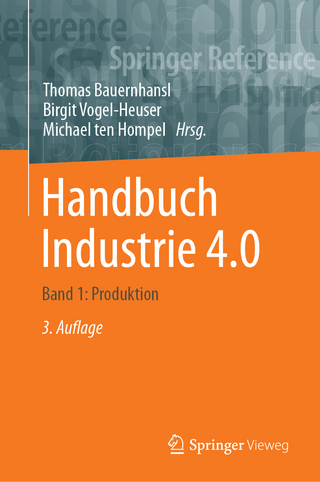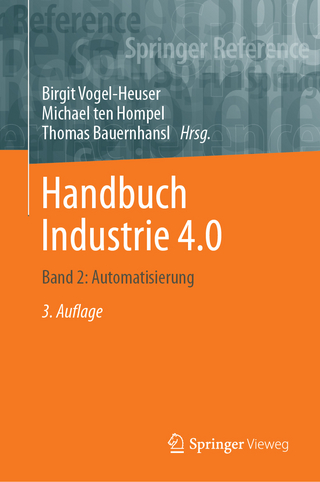
Cross-Talk Noise Immune VLSI Design Using Regular Layout Fabrics
Springer (Verlag)
978-0-7923-7407-7 (ISBN)
1. Introduction.- 1.1 Cross-talk in DSM IC Design.- 1.2 Book Overview.- 1.3 Book Outline.- 2. Validating Deep Sub-Micron Effects.- 2.1 Chapter Overview.- 2.2 Trends in DSM VLSI Interconnect.- 2.3 Predicting VLSI Process Technology Trends.- 2.4 Extracting On-chip Layout Parasitics.- 2.5 Validating Cross-talk Effects.- 2.6 Review of Existing Techniques.- 2.7 Chapter Summary.- 3. VLSI Layout Fabrics.- 3.1 Chapter Overview.- 3.2 Our Dense Wiring Fabric (DWF).- 3.3 Advantages.- 3.4 Disadvantages.- 3.5 Chapter Summary.- 4. Fabric1 - Fabric Cell Based Design.- 4.1 Chapter Overview.- 4.2 Design Flow 1.- 4.3 Design Flow 2.- 4.4 Chapter Summary.- 5. Fabric3 - Network of PLA Based Design.- 5.1 Chapter Overview.- 5.2 Programmable Logic Arrays.- 5.3 Networks of Programmable Logic Arrays.- 5.4 Synthesis Algorithms for the Network of PLAs Methodology.- 5.5 Design Flow 1.- 5.6 Design Flow 2.- 5.7 Discussion.- 5.8 Chapter Summary.- 6. Wire Removal in a Network of PLAS.- 6.1 Chapter Overview.- 6.2 Binary SPFDs.- 6.3 MV-SPFDs.- 6.4 Experimental Results.- 6.5 Chapter Summary.- 7. Conclusions and Future Directions.- 7.1 Conclusions.- 7.2 Future Work.- Appendices.- Standard Cells.
| Zusatzinfo | XIX, 112 p. |
|---|---|
| Verlagsort | Dordrecht |
| Sprache | englisch |
| Maße | 155 x 235 mm |
| Themenwelt | Mathematik / Informatik ► Informatik ► Theorie / Studium |
| Informatik ► Weitere Themen ► CAD-Programme | |
| Technik ► Elektrotechnik / Energietechnik | |
| ISBN-10 | 0-7923-7407-X / 079237407X |
| ISBN-13 | 978-0-7923-7407-7 / 9780792374077 |
| Zustand | Neuware |
| Informationen gemäß Produktsicherheitsverordnung (GPSR) | |
| Haben Sie eine Frage zum Produkt? |
aus dem Bereich


